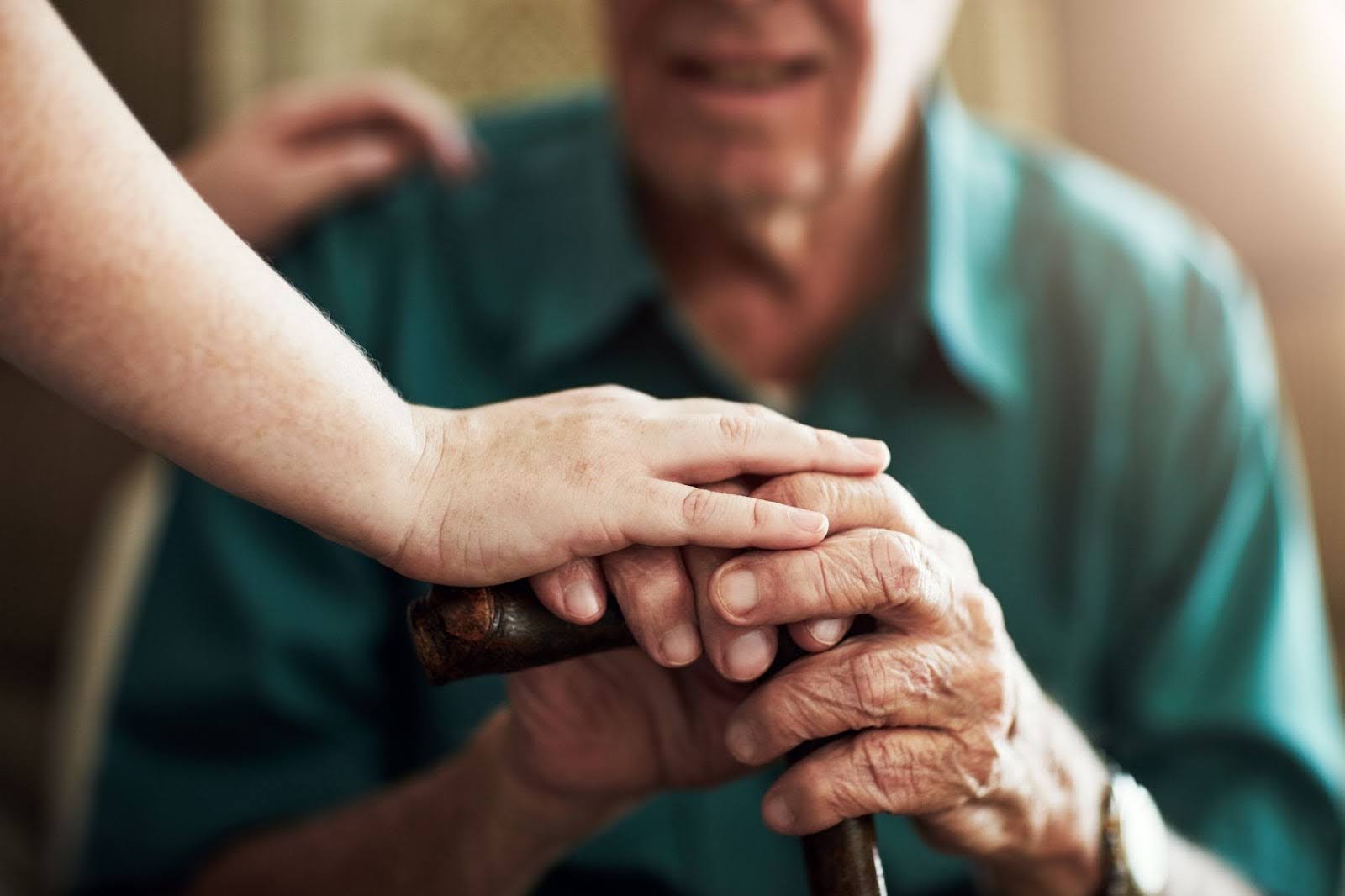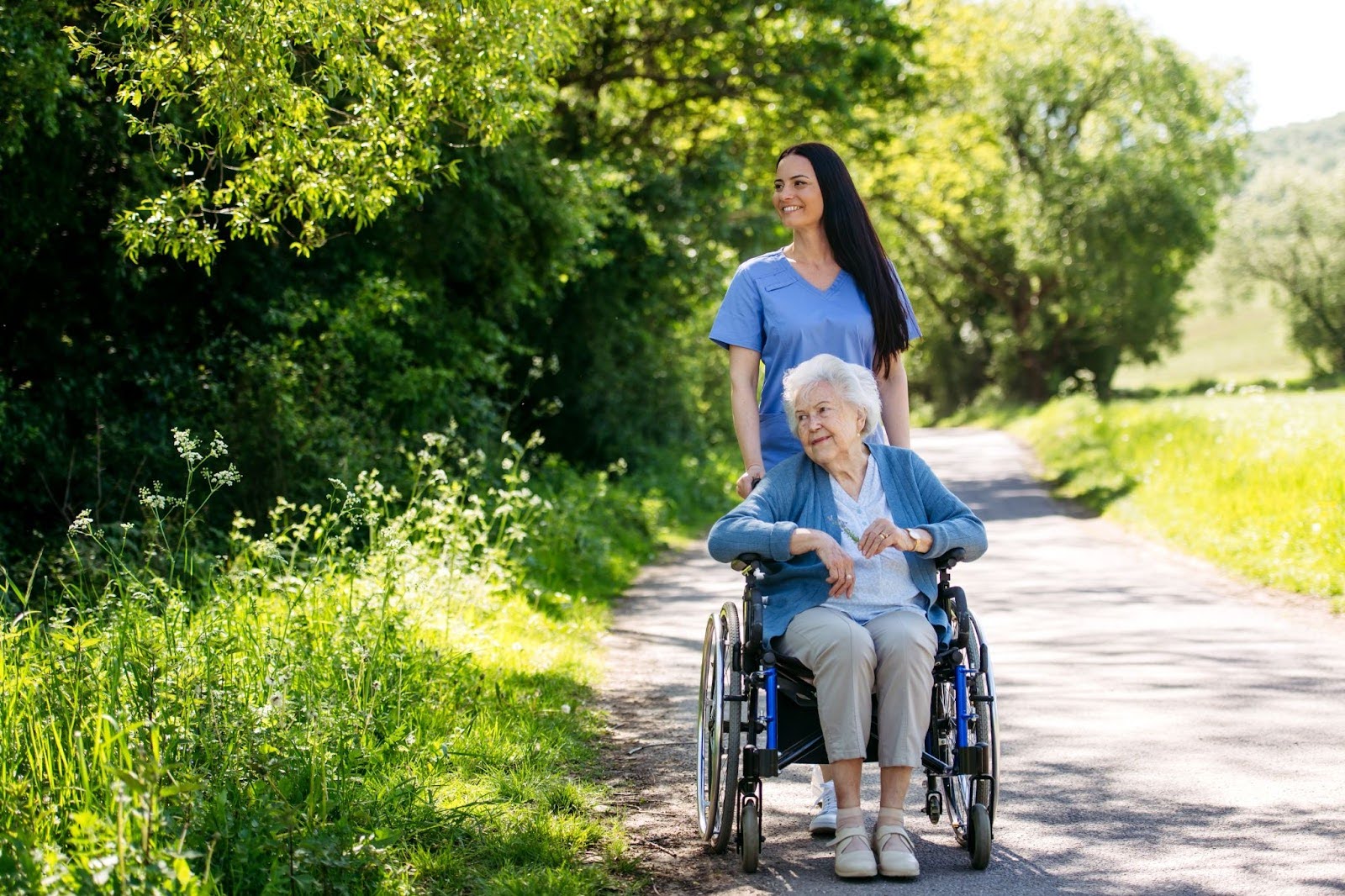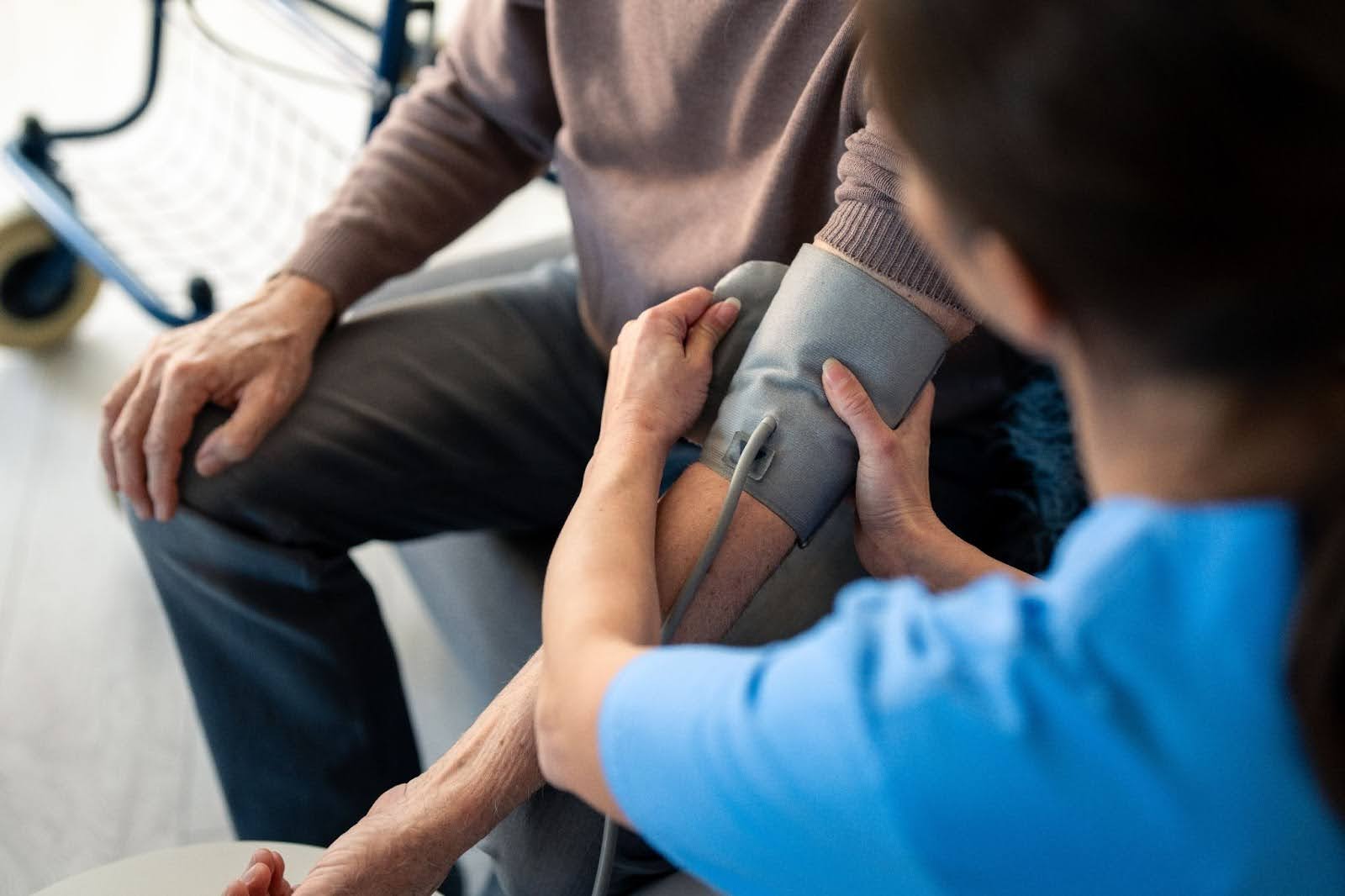
When a loved one begins to need help at home, it’s never just about care, it’s about finding ways to reshape daily life in a manner that works for everyone involved, like ensuring their safety, getting much-needed respite, or maintaining their independence.. From routines to roles, many things need to shift, and choosing the right type of support is central to making these changes manageable.
Two common models, live-in care and hourly care, offer different rhythms. For some families, the idea of having a caregiver present around the clock brings relief. For others, it’s about fitting help into specific parts of the day.
A Decision That Shapes Daily Life
Neither model is one-size-fits-all, and your decision needs to reflect more than your loved one’s current health status. The decision should align with your loved one’s lifestyle, your family dynamics, and the kind of peace of mind you’re looking for, whether that’s peace of mind about their 24/7 safety or peace of mind knowing you have reliable support during specific hours.
This guide will walk you through the core distinctions between live-in and hourly care and provide some clarity to help you make a confident, well-informed choice.
Live-In Care: A Full-Time Presence in the Home
Live-in care places a trained caregiver right where they’re needed most: in the home. It’s a model designed for individuals who require support throughout the day and night, but want to remain in a familiar, comfortable environment.
- Caregivers typically work in shifts of several consecutive days, offering familiarity and allowing valuable relationships to form—a critical factor in emotional well-being, especially for those dealing with dementia or Alzheimer’s.
- Live-in care covers everything from helping with personal hygiene and dressing to meal prepping and medication reminders.
- Overnight supervision is one of the key strengths of live-in care. If a fall happens in the night or confusion arises due to sundowning, there’s someone ready to respond in real time.
Want to learn more about sundowning? Check out our blog post: 5 Tips for Caring for a Loved One with Sundowning Syndrome
The live-in care model is often the right fit for:
- Seniors with progressive cognitive conditions who benefit from consistency and familiarity.
- Individuals recovering from surgery who need physical assistance and extended supervision.
- Loved ones with high fall risk and/or limited mobility, where being alone poses serious safety concerns.
A 2021 review published in Home Health Care Management & Practice emphasized the value of live-in care for individuals with complex health needs. The presence of a caregiver throughout the day and night was associated with improved medication adherence and reduced emergency room visits.
Stories from families using the live-in care model often echo a similar theme: relief. Relief in knowing that their loved one isn’t just safe, but genuinely cared for by someone who knows them well and is attuned to their individual rhythms, routines, and preferences.
Hourly Care: Support That Fits Your Schedule

For families that don’t need round-the-clock care, hourly support offers a flexible, efficient alternative. Whether it’s help getting ready in the morning, assistance with evening meals, or overnight support during high-risk periods, care is scheduled in shifts that work around your day.
- Hourly care often begins with a minimum shift—typically three or four hours—and scales as needed.
- It’s ideal for supplementing the support already provided by family members, without overwhelming them.
- Services can range from companionship and light housekeeping to hands-on personal care and mobility support.
This model is especially useful when:
- A primary caregiver needs respite but doesn’t want to hand over all responsibilities.
- A loved one is mostly independent but needs help with certain tasks like bathing or grocery shopping.
- You’re navigating recovery after a hospital stay and need support for a few weeks before reassessing.
Families often describe hourly care as “a pressure valve”—giving them space to breathe, rest, and manage other responsibilities without stepping away entirely. It’s also a gentle way to introduce formal care to a loved one who might be resistant, showing that help doesn’t have to mean losing independence.
Comparing the Cost of Live-In vs. Hourly Care
One of the first questions families ask is, “How much will this cost?” It’s a smart and necessary consideration—but the answer depends on several variables.
Live-in care is generally billed at a flat daily rate. For individuals who need 24/7 oversight, it can be more cost-effective than booking hourly care around the clock. You pay for continuity, presence, and peace of mind.
Hourly care, on the other hand, is charged based on the number of hours scheduled. This pay-as-you-go model works well when care needs are low to moderate or fluctuate throughout the week.
Factors that influence cost:
- Location: Urban centres may have higher caregiver wages due to the cost of living.
- Care complexity: Dementia care or mobility assistance often requires more experienced caregivers, which can affect pricing.
- Availability and demand: In some regions, the growing need for home care is impacting pricing and caregiver availability.
Value scenarios:
- Live-in care offers stronger value when there are chronic or progressive health issues, multiple daily care needs, or safety concerns that make being alone risky.
- Hourly care makes financial sense for families who are actively involved in caregiving or only need support during specific windows of time.
Budgeting for care isn’t just about comparing line items—it’s about evaluating the support your loved one truly needs, now and in the months ahead. A good care plan balances cost with stability, responsiveness, and the ability to scale as things change.
The Strengths of Live-In Care

Live-in care doesn’t just support daily function—it fosters deep, trusting relationships that often feel like extended family.
- Emotional continuity: Seeing the same face every day reduces stress and confusion, especially important for those with cognitive impairments.
- Responsive care: In emergencies, there’s no delay. A trained professional is already there, ready to act.
- Reduces family burden: With consistent professional help, families no longer feel like they’re constantly “on call.”
Research has shown that caregiver continuity has a direct impact on health outcomes. A 2019 study published in BMC Geriatrics found that older adults who received consistent care from the same caregivers reported fewer hospital admissions and improved mental health compared to those experiencing frequent staff changes. This supports why live-in care is especially beneficial for clients with dementia or cognitive decline.
Studies have shown that continuity in caregiving contributes to better health outcomes, particularly in managing chronic conditions and mental health. For those living with dementia, this consistency can reduce anxiety and aggression while increasing cooperation and comfort.
Families who’ve opted for live-in care often talk about regaining a sense of balance. It offers the freedom to return to the invaluable role of a supportive loved one, relieving oneself of the added stressors that come with acting as the sole caregiver.
The Flexibility of Hourly Care
Hourly care brings adaptability. It’s a service model that molds itself around your needs, rather than the other way around.
- Targeted scheduling: Need help just for morning routines? Or only overnight? Care can be planned with surgical precision.
- Budget control: You only pay for what you use, which can make this option more sustainable over longer periods if needs remain moderate.
- Supports family-led care: Many families want to stay involved—and this model supports that involvement without exhausting it.
Hourly care is often the gateway to a longer-term care plan. It offers families a chance to trial professional help, observe how their loved one responds, and gradually expand support as needs evolve.
Caregiver schedules can be adjusted from week to week, which is ideal for recovery periods or short-term transitions. Some families use it after hospital discharges or during travel—building flexibility into their care approach from the outset.
Challenges That May Arise
No model is without its complications. Being aware of potential pitfalls makes them easier to plan around.
Live-in care considerations:
- The caregiver needs a private space to sleep and rest, which may require some rearranging within the home.
- Rotation and relief must be managed to avoid the caregiver(s) experiencing fatigue and burnout.
- Families need to be prepared for a new, constant presence in the home.
Hourly care considerations:
- Gaps in care can occur between scheduled shifts. If an emergency happens during these times, no one may be available.
- Multiple caregivers over the course of a week may result in less continuity, which can be disorienting for some clients.
- It requires more hands-on coordination by family members, particularly when care spans multiple time slots.
Continuity of care is more than a preference—it’s a critical factor in health outcomes. A journal article, published in the Journal for Healthcare Quality in 2011, showed that consistency in home health nursing personnel significantly lowered hospitalization rates and led to improvements in daily functioning.
Another journal article, published in Innovation in Aging in 2024, linked caregiver continuity with a measurable decrease in client falls, finding that even the smallest increases in care consistency reduced fall risk by up to 3%.
At Assurance Home Care, we recognize how important it is for clients to feel comfortable and familiar with their caregivers. That’s why we place a strong focus on caregiver-client matching and continuity, even in our hourly care model. When schedules shift or backup support is needed, our team works to ensure that transitions are smooth and as predictable as possible, ultimately minimizing stress for clients and families alike.
Customizing Care: Why One Size Doesn’t Fit All

When it comes to in-home care, labels like “live-in” or “hourly” are just starting points. The reality is that every family’s needs are different—and the best care plans are built around those specifics, not boxed into rigid, predefined models.
- For some families, a parent may need overnight support but remain mostly independent during the day. Others might require weekday help while family members are at work, but not on weekends.
- Hybrid care plans—such as combining live-in care on certain days with hourly support the rest of the week—are becoming increasingly common, especially when care needs are progressing or fluctuate with medical conditions.
At Assurance Home Care, the focus is always on fit. That means:
- Care plans that are revisited regularly and adjusted based on feedback or health changes
- A blend of services that reflects your loved one’s unique combination of mobility, cognitive, social, and emotional needs
- Collaboration with families to create communication plans that keep everyone informed without overwhelming
Flexibility also means making adjustments that respect the dynamics of the home itself. Some households simply aren’t set up to accommodate a live-in caregiver full-time—but that doesn’t mean they can’t receive high-quality, near-continuous support.
Ultimately, it’s not about choosing between two models. It’s about tailoring support that fits real life—today, and as things change.
Choosing with Confidence: Practical Next Steps

This decision doesn’t need to be made in isolation. In fact, it shouldn’t be.
- Start with a care consultation: Talking to a care manager can help map out what support is needed today, and how that might evolve over time.
- Loop in your loved one: Even if they’re hesitant, involving them in the conversation often leads to more successful transitions.
- Try hourly care first: This can serve as a gentle introduction to professional support, offering a clearer picture of future needs.
- Think long-term: Where will your loved one be in six months or a year? Planning with the future in mind ensures flexibility and stability.
Care decisions aren’t just about logistics. They’re about preserving dignity, maintaining family balance, and fostering safety—all in a way that respects your loved one’s preferences.
Key Questions to Guide Your Decision
Asking the right questions can help with feelings of uncertainty. Here are some examples of the types of questions to consider:
- Does your loved one need support around the clock, or at specific times?
- Are family members currently providing care, and how sustainable is that?
- Are there behavioural or medical conditions that require constant monitoring?
- Would your loved one benefit from seeing the same caregiver every day?
- What kind of relationship dynamic is best for their emotional health?
- What budget is available for care, and how long will it need to last?
Working through these questions with a care coordinator can help families visualize the right path forward—sometimes confirming what they already suspected, other times opening up new options that hadn’t been considered. That’s why starting with a conversation matters. Speak with a care advisor to map out a care plan that fits both your loved one’s needs and your family’s capacity.
About The Author
Stephen Bleeker
Stephen Bleeker is dedicated to redefining senior care as the CEO and founder of Assurance Home Care. His passion for enhancing the quality of life for seniors is at the heart of the company’s mission, which focuses on supporting aging in place through compassionate, personalized care. With a diverse background spanning music, lifestyle, and entertainment, Stephen brings a unique blend of creativity and strategic insight to the healthcare industry. His knack for innovation, customer experience, and holistic marketing has consistently led to exceptional outcomes, making him a dynamic leader who’s transforming how care is delivered.